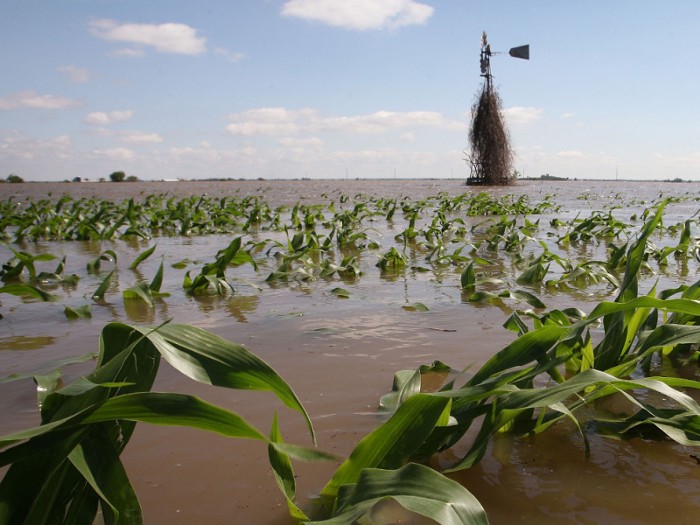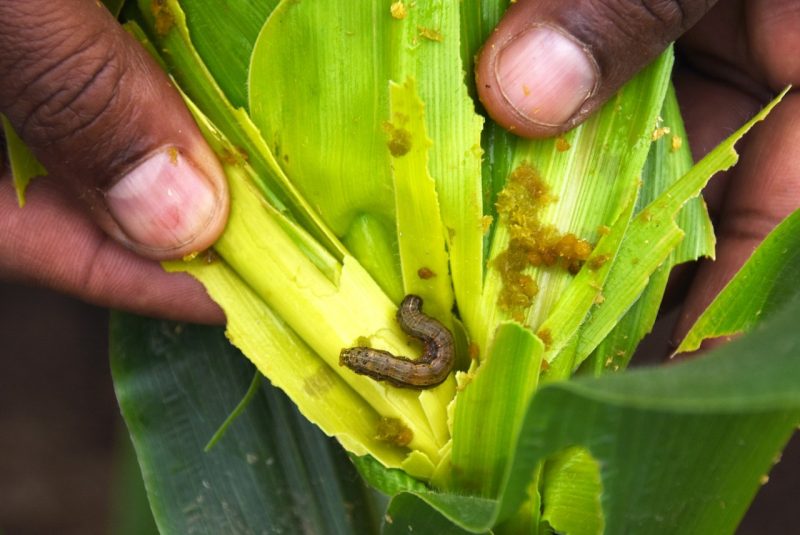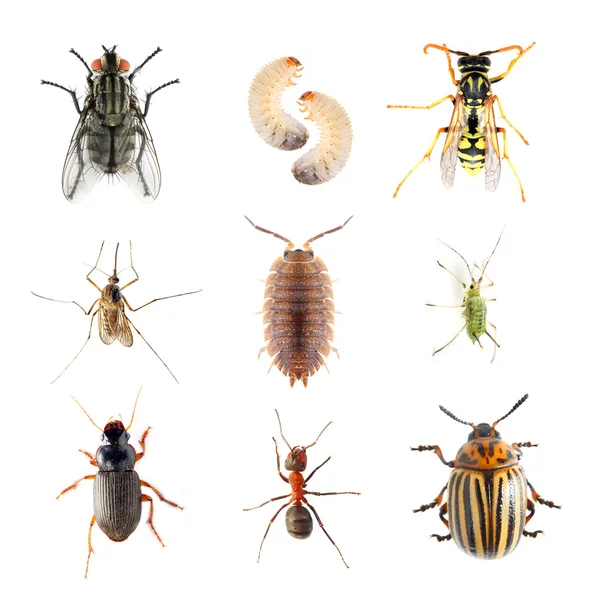Are you looking for tips to save money on food and groceries expenses? In this post, learn 5 practical ways to spend less amidst rising costs of living. Food prices in Kenya have been rising steadily for the last decade. Given the 2023 tax laws, your disposable income will decrease. An option to reduce your expenses on food will be beneficial for you.
How are Kenyans saving money on food? According to experts and personal experiences, here are the 6 ways that people are using to reduce money spent on food, Following a budget, growing their own food, buying cheap food at farmers markets, stocking cereals and legumes during the harvest season, cooking at home and finally buying fruits that are in season
How much do Kenyans spend on food?
| Country | Portion of disposable income spent on food |
|---|---|
| Nigeria | 56.4 % |
| Kenya | 46.7 % |
| Cameroon | 45.6 % |
| Algeria | 42.5% |
A recent study, shows that an average Kenyan household spends $543 (Ksh.77,163.78) every year on food. In comparison, in America you will need $2,392 (Ksh. 339,918.51) while in Nigeria you will spend $1,132 (Ksh. 160, 864.44).
In Africa, Kenyans spend the second highest portion of their household disposable income Kenyans at 46.7%. Nigerians spend the largest portion of their income on food at 56.4%; The states following Kenya are Cameroon and Algeria at 45.6% and 42.5% respectively.
Why are food prices are going up in Kenya

The food inflation rate in Kenya has more than doubled since 2020. This rise is a result of many factors including high cost of production, low yields and diminishing farming land among others. By understanding these factor from an individual perspective, you can therefore take action to deal with them. the top factors making food prices rise in Kenya are;
- Fluctuating input costs and climate vulnerabilities: The unpredictable cost of inputs like fuel, seeds, fertilizers, and pesticides, coupled with the impact of climate-related disasters like droughts and floods on crop yields, results in production challenges and contributes to food price fluctuations.
- Land scarcity and competition: The growing population and increasing urbanization lead to competition for arable land, driving up its price and subsequently raising production costs, ultimately reflected in higher food prices
- Dependency on imports and exchange rate volatility: Relying on imports for most food items and fluctuations in exchange rates can make imported food more expensive, directly influencing domestic food prices and affordability.
- Supply chain inefficiencies: Inadequate transportation infrastructure and distribution systems lead to higher transportation costs, causing food prices to increase as products move from rural agricultural areas to urban centers.
How to save money in groceries
Given the high rate of expenses used on food, its good to reduce your food expenses. Consider the following tips.
Budget for food & stick to it
Many households do not plan or track the money spent on various needs. Budgeting can help you from food losses and money wastage through precise shopping. It will help you to buy the right food, at right amounts at the right time.
To save money on food, Start by making a list of all foods and ingredients that you will need per week. While you are shopping, do not over buy to avoid wastage of money and food.
Second, compare food prices from various suppliers or supermarkets. To save more money, you can look for coupons, sale offers and discounts in order to buy food more cheaply.
Buy your food direct from Farmers
You can save ton of money by buying food directly from farmers. You can get it upcountry from their farms or farmers markets and roadside markets such as Nkubu and Soko Mjinga.
If you have been buying your food and groceries from supermarkets at malls consider switching to open air food markets. Examples of these include the Kiambu Road Farmers market, Marikiti Vegetables market, Githurai and the Nyamakima Cereals Market. Apart from getting some fresh produce, you will enjoy variety of quality cheap products than a supermarket.
Grow your own food
Are you feeling the pinch of high food prices? While it can be as a result of many factors, remember you don’t have a contract with any farmer, food trader or government to sell you food at low prices. The only surest way to reduce food prices is to produce or grow your own. You can do it on a farm or invest in modern ways such as urban farming and hydroponics, When done well. you can produce enough food for your family sale.
How to grow your food cheaply in Kenya?
Are you looking to start grow food cheaply in Kenya? Here are some cheap ways you can do it on a budget.
- Lease, rent or buy a small farm in rural or urban area.
- set up a kitchen garden on your backyard.
- Consider growing food in vegetable containers, pots, or a sack garden
- Intensive poultry and small animals raising in small or confined spaces
- Invest in a micro greenhouse or a hydroponics unit
- Regrow vegetables like carrots and garlic from kitchen scraps.
Which are the best foods for your kitchen garden?
Which are the best foods to grow in your kitchen garden in Kenya? Some of the easiest foods you can grow a home in Kenya are leafy vegetables such as managu, sukumawiki and spinach. For root and tuber grow carrots, beetroots and potato. For reducing costs on herbs and spices, grow rosemary, dhania and chives, In terms of poultry and small animals, most people prefer raising rabbits, chicken quails and rabbits.

Buy foods that are in season
Fresh produce like fruits and vegetables that are in season are cheaper for you. It is sourced from the local farms and excludes the cost of shipping it from abroad. Second, it is priced low to sell fast before it can go bad. During Mango season, fruits in the market can sell for 5 cents. The same during other times of the year cost 10-20 times more.
To benefit from buying in season, invest in proper food processing and preservation to utilize it for longer periods of time. You can dry them, make pickles, or fruit jams for later use.
Stock cereals and grains during harvest season
Buy foods with longer shelf lives like cereals (maize, wheat, rice pasta) and legumes (beans, peas, lentils) during their harvest periods. It will save your budget by reducing the cost per Kg. Store them in hermetic containers and bags to prevent them from destruction from pests and moisture. Perishable produce like fish, meat and dairy products can be stored in refrigerators and freezers to keep it fresh and safe.
Cook your own meals at home
Prevent losing your cash on food budget by avoiding the conveniences costs of online shopping, home deliveries and dining out in hotels. It is less expensive to make your own meals at home than buying the ready to eat meals. To save even further plan to make a large meal. You will then portion them and refrigerate or freeze them until the next meal. You will save by buying ingredients in bulk as well as save time and fuel of small cooking meals. Besides, cooking can be a great bonding exercise for you and relatives.
Bonus Tips
Watch the YouTube video below on additional ways, tips and tricks to save money on food and groceries in 2022.



